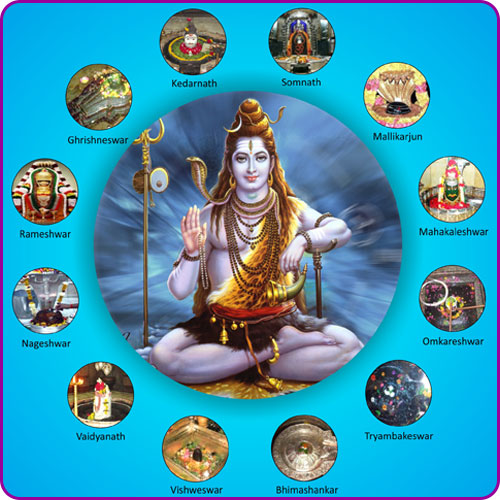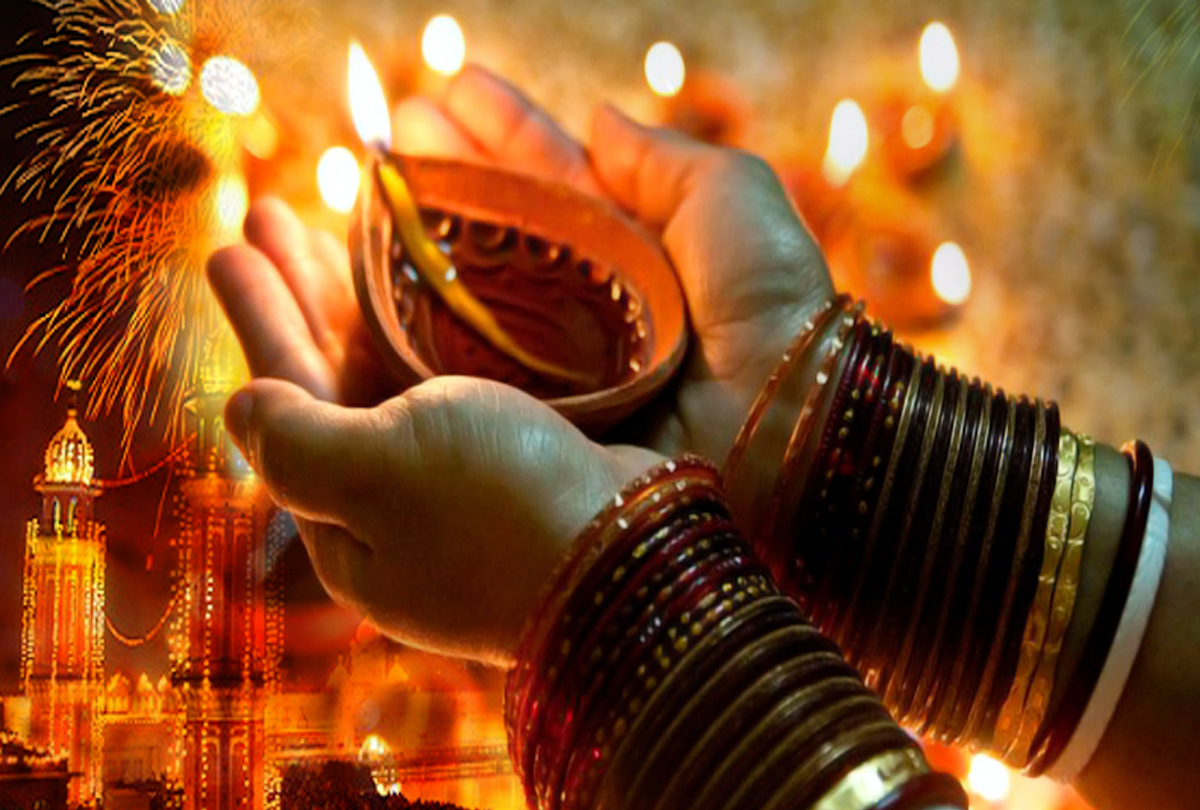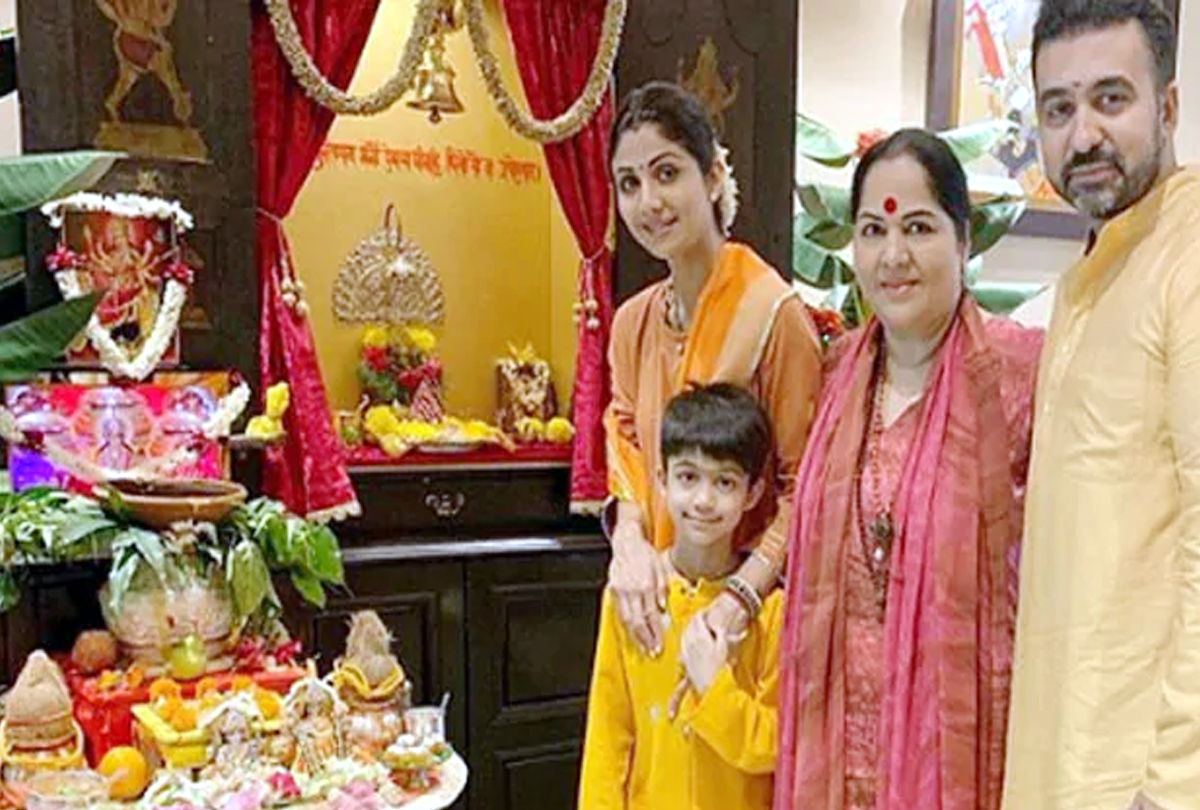12 Jyotirlingas And Their Significance at Maha-shivratri

[Edited By: Vijay]
Tuesday, 9th March , 2021 03:43 pmIndia and devotees of Lord Shiva will celebrate Mahashivratri on March 11. Lord Shiva is one of the most worshipped deities in the country, he is also known as the Natraj, Mahakaal, and the destroyer among the Tridev. There are many temples dedicated to him and among these temples are the 12 Jyotirlingas of Lord Shiva which is the most auspicious pilgrim destination for Shiva devotees
A Jyotirlinga is a special shrine where Lord Shiva is worshipped in the form of a fiery column of light. To simply, Jyoti means radiance and Lingam means the mark or sign of Lord Shiva’s or phallus symbol. It means the radiant sign of the almighty
According to an old religious text called the Shiva Mahapuran, there was once an argument between Vishnu and Brahma with each claiming to be the supreme power. In order to put them to test, Shiva pierced the three worlds into an enormous pillar of light called the jyotirlinga. He asked Vishnu and Brahma to reach the extreme of the pillar saying whoever finds it first will be victorious.
Brahma rocketed in the upward direction while Vishnu went downward chasing the pillar which they did not know was infinite. Brahma returned claiming that he had found the end while Vishnu honestly accepted defeat. Enraged by Brahma’s lies, Shiva appeared as a second jyotirlinga and cursed Brahma that he would have no place in any of the religious ceremonies while Vishnu will be worshiped for eternity.
There are 12 Jyotirlingas where it is believed that Shiva appeared as a form of light. The Jyotirlingas symbolizes the reality and power of Shiva

Check out 12 Jyotirlingas of Shiva with their location in India:
Somnath Jyotirlinga in Saurashtra, Gujarat: The Somnath Temple in Gujarat is one of the most famous of the twelve jyotirlingas, it is a major pilgrim site that has been renovated quite a few times. The reason behind its popularity is that it is located near a Triveni Sangam which means a confluence of three rivers – Hiran, Kapila and Saraswati in this case.
Mallikarjun jyotirlinga in Srisailam, Andhra Pradesh: Mallikarjunaswamy temple is a popular Shiva temple in south India which is located in the religious temple town of Srisailam. The Mahashivratri celebrations in Mallikarjunswamy are renowned all across India and are worth witnessing.
Mahakaleshwar jyotirlinga in Ujjain, Madhya Pradesh: Ujjain play host to Kumbh Mela, and Mahakaleshwar temple is one of the biggest tourist attractions. It is situated by the Rudra Sagar lake, the temple is visited by a huge number of devotees on a daily basis.
Omkareshwar jyotirlinga in Shivpuri, Madhya Pradesh: The Omkaram Amaleshwar jyotirlinga in the holy island of Omkareshwar on the banks of the river Narmada. The swayambhu or self-manifested linga here draws in crowds of devotees all year round.
Vaidyanath jyotirlinga in Parali, Maharashtra: The Vaidyanath jyotirlinga is also known as Baba Dham and Baidyanath Dham and is argued to be in Parli while some say the location of this jyotirlinga is in Deogarh in Jharkhand or Baijnath in Himachal Pradesh. It is believed that this land was a funeral place in the past and therefore the abode of tantrics like Bhairava who worshiped Shiva.
Nageswar jyotirlinga in Gujarat: One of the oldest shrines, the Nageshvar jyotirlinga is said to be in Durkavana meaning a forest that finds mention in old texts.
Kedareswar jyotirlinga in Kedarnath, Uttarakhand: One of the four major pilgrim centers forming the char Dham pilgrimage for Hindus, Kedarnath is located high up in the mountains of Uttarakhand and is visited by a huge number of devotees every year.
Tryambakeswar jyotirlinga in Nasik, Maharashtra: Most of us have heard of Shirdi, but not many are aware of pilgrim center Trimbakeshwar or Tryambakeshwar. It is a famous religious destination for Hindus in India. Located in the town of Trimbak, it is popular for being home to one of the twelve jyotirlingas.
Rameswar jyotirlinga in Rameswaram, Tamil Nadu: One of the most popular temples in India, the Rameswaram temple is known for its brilliant architecture and the jyotirlinga, of course.
Bhimashankar jyotirlinga in Dakini, Maharashtra: Another one of the jyotirlingas in the state of Maharashtra, Bhimashankar is an extremely popular destination near the city of Pune. The place gets its name from an evil Asura named Bhima who lived here ages ago and was reduced to ash by Shiva after a war. On the request of other Gods, Shiva manifested himself at this place in the form of the Bhimashankar jyotirlinga.
Visweswar jyotirlinga in Varanasi, Uttar Pradesh: Varanasi is one of the holiest places to visit in India and the Kashi Vishwanath temple is its biggest attraction thanks to the Visweswar jyotirlinga here. The grand aartis held here during major festivals, especially Mahashivratri, are an experience you cannot afford to miss.
Ghrishneswar jyotirlinga in Devagiri, Maharashtra: Located in a small village called Verul near Devagiri and Aurangabad in Maharashtra, Grishneshwar or Grushneshwar finds mention in the ancient Shiva Purana as one of the jyotirlingas.
Latest News
-
2-Doxy-D is a game-changer drug - discovered by sc
-
UP Covid News: Recovery rate rises 86 percent in U
-
Big B orders 50 oxygen concentrators from Poland,
-
Today is Akshay tritiya-PM Modi and Akhilesh yadav
-
Kanpur health department doing preparations to fig
-
UP Govt. must be held accountable for "failing" it
-
16 doctors in Unnao UP resign yesterday but retrac
-
Vaccine is safety cycle against corona pandemic-CM
-
Life of every person is priceless,rescue is the be
-
Kanpur Municipal Corporation will make dust free K
-
Corona vaccination: UP government withdraws the de
-
UP Government should follow the orders of Highcour
-
Uttar Pradesh-IG roaming in the city without the u
-
PM, take off those pink goggles, by which nothing
-
Rahul Gandhi's counterattack on BJP Government’s s
-
Happy international nurse day-PM Modi, Rahul Gandh
-
Online food delivery and liquor shops can open the
-
Egoistic BJP should work in public interest instea
-
High court directed UP Government to make a Covid
-
Isolation rooms to be built in industrial units, a
-
WHO has appreciated the effort of the Yogi Adityan
-
Brother is forced to carry his corona afflicted br
-
Lucknow- Free auto service for covid patients
-
Lucknow-Defense Minister and CM Yogi inaugurated
-
Wine shops opened in kanpur
-
Kanpur: oxygen demand 50 percent decrease as infec
-
Kanpur Crime Branch Police arrested 2 accused of i
-
Kanpur police's initiative to prevent corona infec
-
CM Yogi inspected the community health center in c
-
Corona's third wave: IIT professor claims not to c
World News
-
American president Appoints Two More Indian To Key
-
Arora Akanksha an Indian running for United Nation
-
Brazil thankes india with hanuman after receiving
-
Toronto protest against Indian citizenship law as
-
One-Of-A-Kind Wedding: After Groom's Father Gets A
-
Kim's Horse Ride On Sacred Mountain Hints At "Grea
-
Chinese President’s India visit on track, confirms
-
'Howdy Modi' event 'win-win' situation for Modi an
-
Malala urges U.N. to help Kashmiri children go bac
-
Rocket blast at U.S. Embassy in Kabul on 9/11 anni
-
PM Modi launches $4.2 mn redevelopment project of
-
Pakistan Blacklisted by FATF's: After Failing to A
-
Amazon Rainforest burning: Brazil President tells
-
10 shoking pics of Amazon Rainforest Burning
-
200 pakistan twitter accounts suspended on kashmir
-
Trump dials Imran Khan, asks to ‘moderate rhetoric
-
No policy change on Kashmir, says U.S.
-
Hamza, the son of Osama bin Laden, is dead
-
Ethiopians planted more than 200 million trees in
-
Pakistani military aircraft crash: All 5 crew memb




























